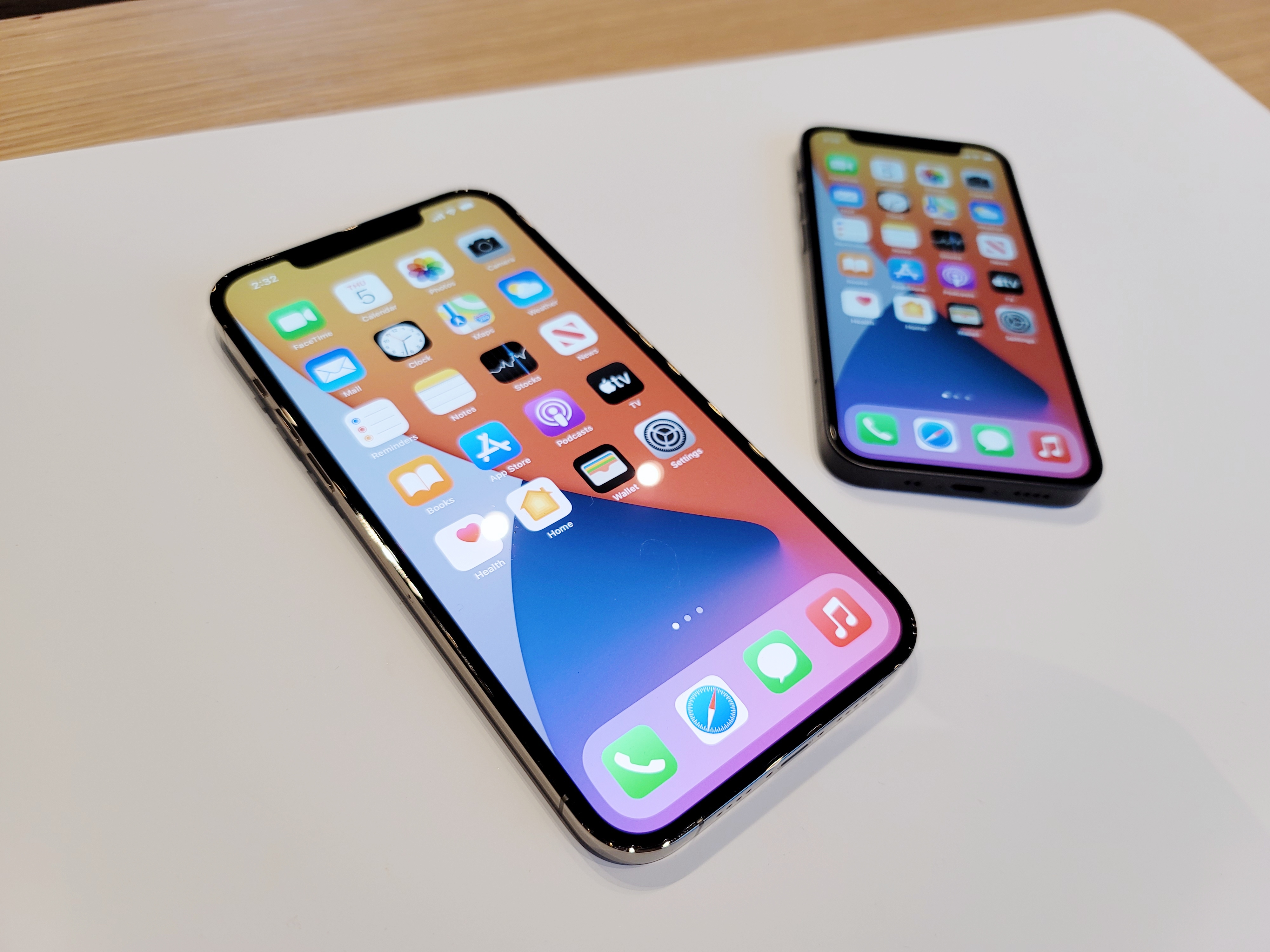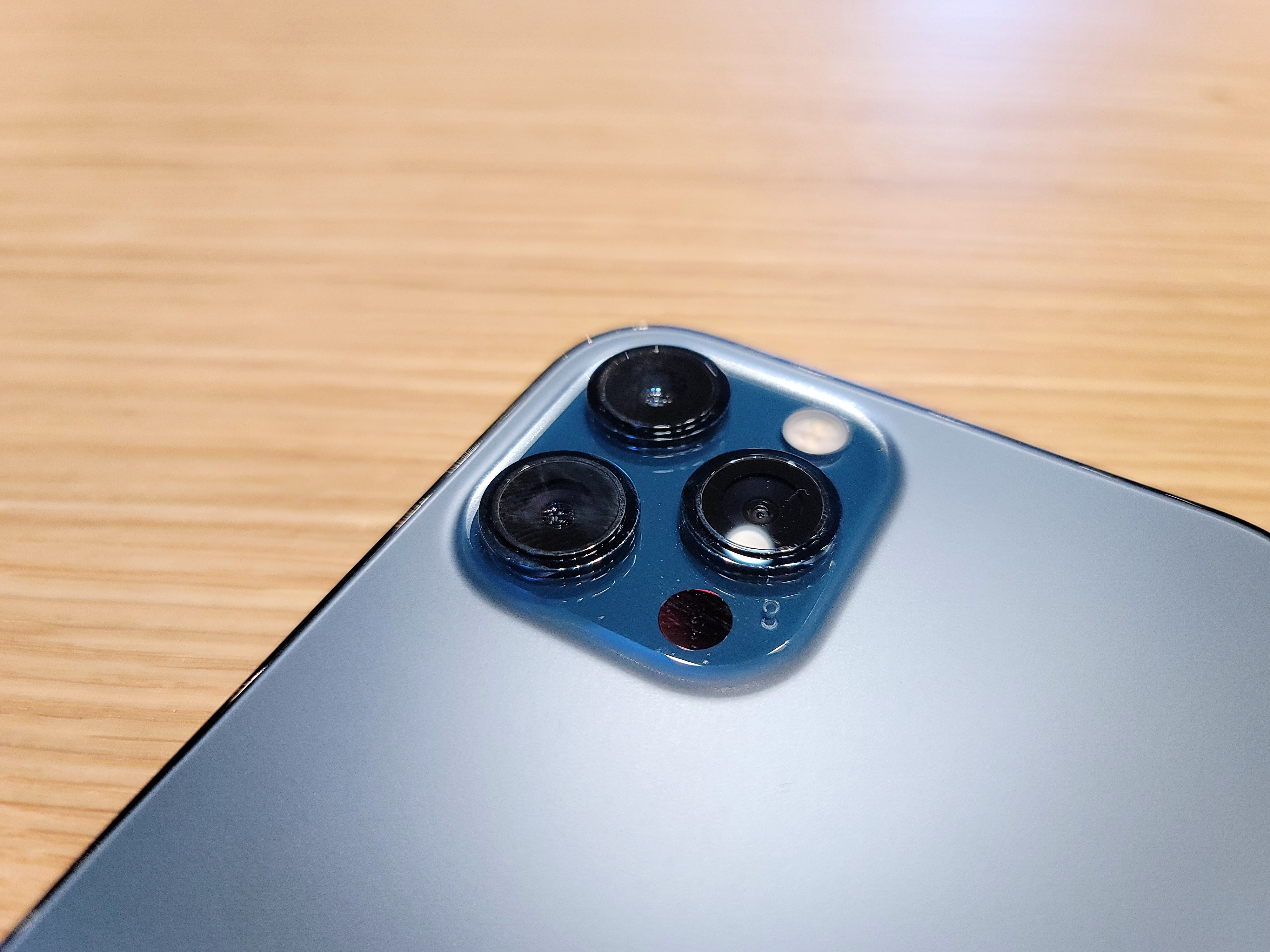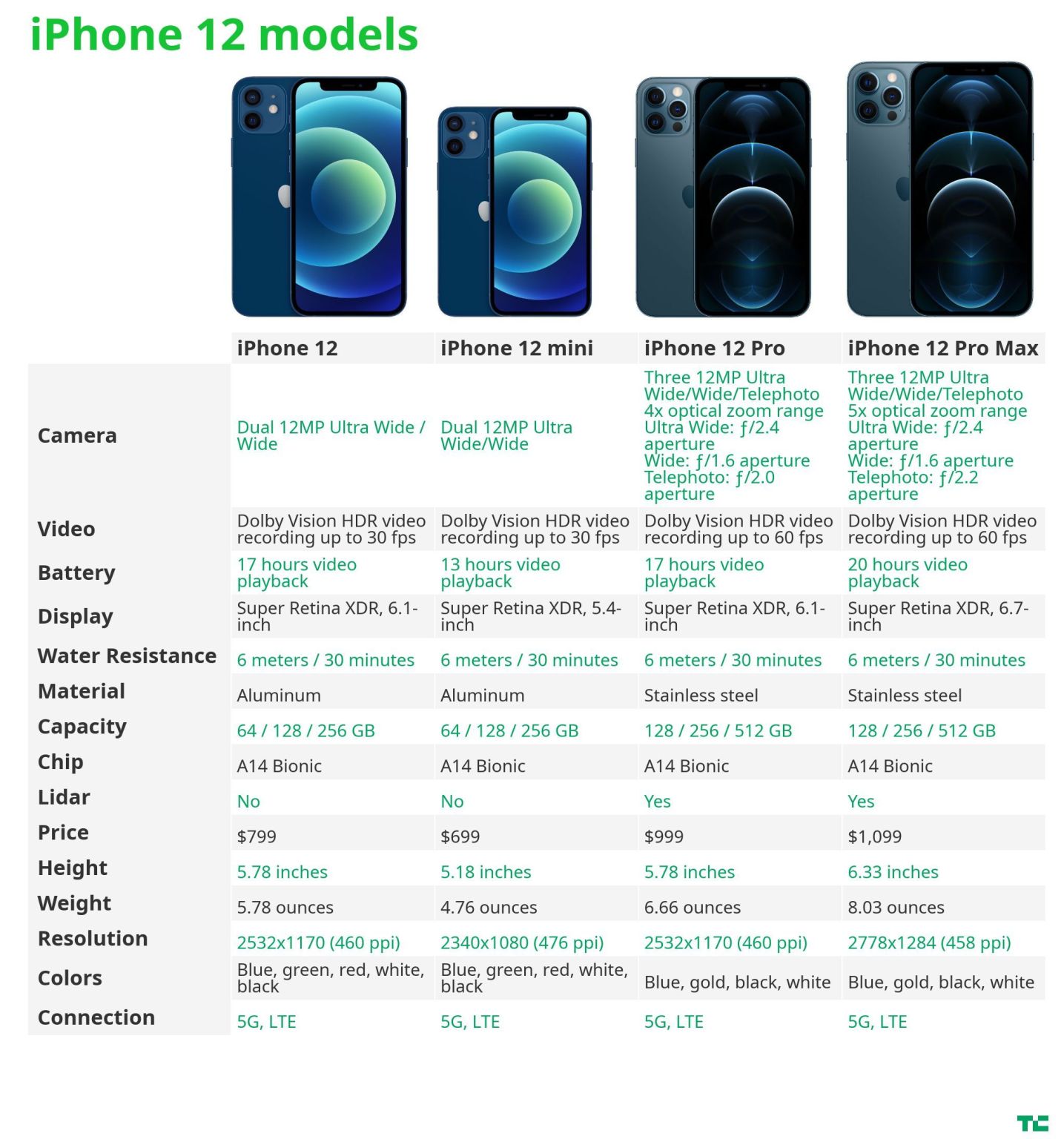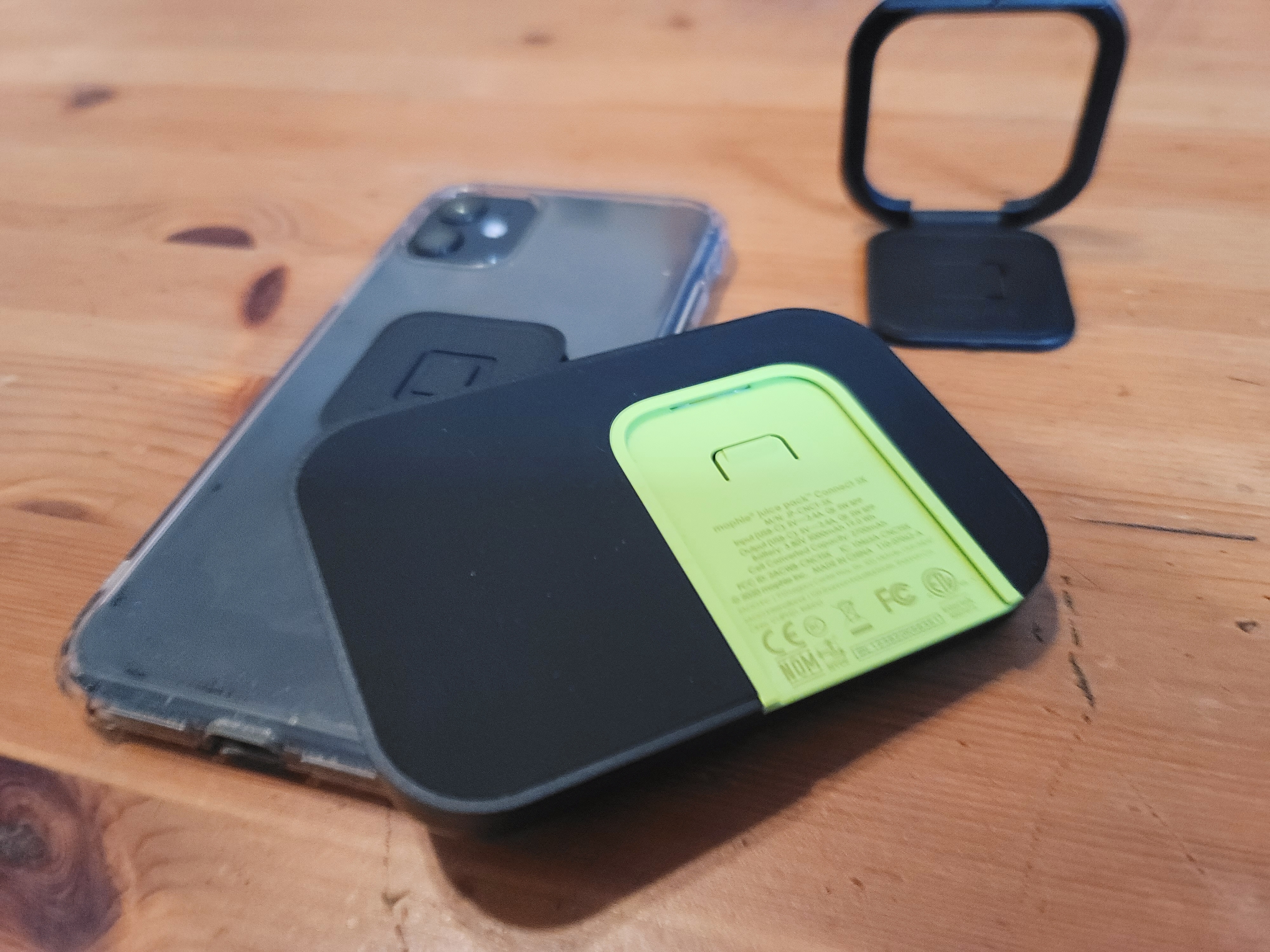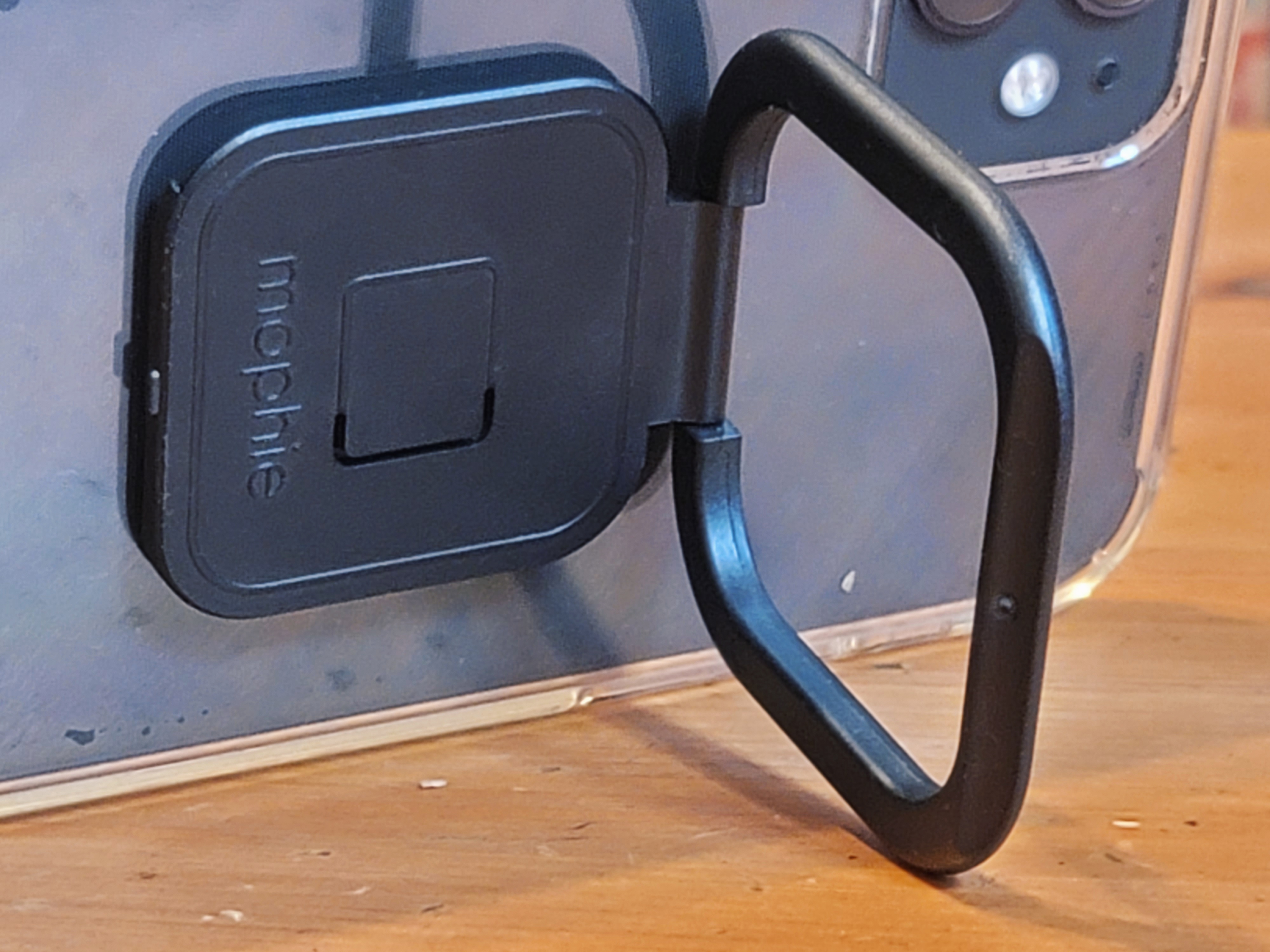You might have very good reason to be on a wine kick right now – along with plenty of the rest of the country – so it’s perhaps timely to take a look at the Aveine Smart Aerator, a gadget from a French startup that offers variable, instant aeration and a connected app platform for determining just the right amount of aeration that any particular wine you happen to be drinking requires. The Aveine Smart Wine Aerator is premium-priced, but you might be surprised at just how much of a difference it can make.
The basics
The Aveine Smart Wine Aerator began life as did many other startup devices – as a crowdfunding project. The France-based team ended their campaign in 2018, having surpassed their funding goal, and spend the next couple of years working on finalizing, producing and shipping their design. The Aveine is now available to order, in both the original, full-performance version at $449, and an ‘Essential’ edition introduced this year that offers half the maximum aeration time (12 hours vs. 24) for $299 (reviewed here).
Both work the same way: You place them on top of the bottle you want to aerate once it’s opened, and they connect via Bluetooth to your phone and the Aveine app, which is available for iOS and Android. Through the app, you can take a photo of your wine’s label and it will try to match it from its growing database to automatically set the Aveine to the optimal aeration time.

Image Credits: Aveine
In practice, I found that most of the wines I was testing with weren’t in the database – which Aveine expects, and that’s why it provides a simple survey that you can fill out to get an approximate best aeration time, by supplying information like vintage, grapes used, region and whether the wine is organic or biodynamic. You can also manually set the aeration, and taste test small amounts to find your preferred amount.
Aveine includes a soft carrying case for the Smart Aerator in the box, as well as a charging base that connects to any standard USB wall plug for via micro USB. The built-in battery is rated for around 12-hours of standby, with occasional aeration use while pouring, when it’s actively injecting air into the flow using a built-in motor.
Design and performance
The Aveine feels quite heavy, and it’s clear that a lot of care went into ensuring that all of its smart internals fit comfortably inside the relatively small device. It fits easily over the vast majority of wine bottle tops, and grips while pouring without any special attachment process required. The touchscreen activates when you swipe it, showing you the adjustable aeration screen in simple black and white.
Getting started with the Aveine is simple, and doesn’t require the app at all in fact. Just adjust the scale to your desired aeration level, and pour. The aeration automatically begins when you tip the bottle, and you can hear it working as the motor works to inject air while the wine flows through. If you do use the app, it’ll ask you to connect the Aerator (if you’ve woken up the device by activating the display, it should instantly show up in the app’s device list when it’s within Bluetooth range of your phone).
If you have a wine that’s in Aveine’s database, taking a picture of the label will return a recommended aeration time, and if you’re connected to the aerator, it’ll also automatically set the aerator’s aeration time to that level. As mentioned, you can also answer a few questions about the wine if it’s not in the database to return an estimated aeration time, which will also be automatically set if you’re connected to the device.
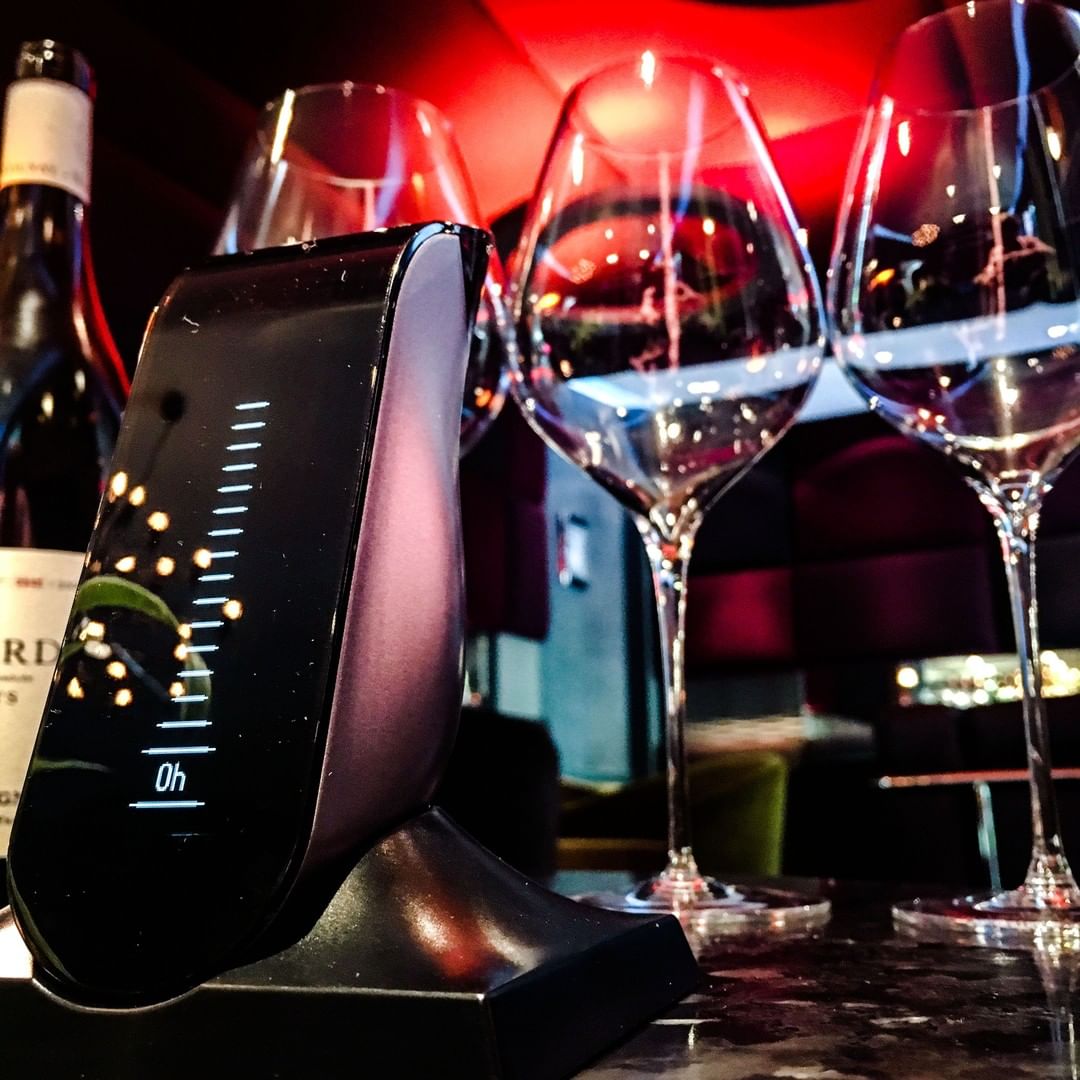
Image Credits: Aveine
Now let’s talk performance: Let me say that I understand sticker shock when you see the asking price of the Aveine – I had the same thing. But actually using the Smart Aerator goes a long way to proving its worth. The effect is immediate and non-ambiguous: It makes just about any bottle of wine taste a whole lot better, without you having to decant it and let it sit for hours in advance.
My testing is admittedly non-scientific, but I did poll a wide swath of friends and families who enjoyed bottles aerated via the Aveine during socially distanced visits, and to a one they all noted a vast improvement between before and after aeration tastings. At least one even went out and immediately purchased an Aveine of their own based on the experience.
Sometimes you have to do a bit of experimentation to get the aeration right, adjusting the levels and doing contrasting taste tests – but that’s actually also part of the fun.
Bottom line
Aerator gadgets are plentiful, and often cheaply acquired in the checkout line at the local wine shop for well under $100. But the Aveine is the first one I’ve tried that makes such a clear and demonstrable difference it can convince novices and pros alike about its efficacy. It’s a high price to pay, yes, but what you get in return is a device that consistently makes life better for wine lovers – and that make some new wine lovers out of skeptics, too.

from Android – TechCrunch https://ift.tt/3mOCWmE
via
IFTTT
